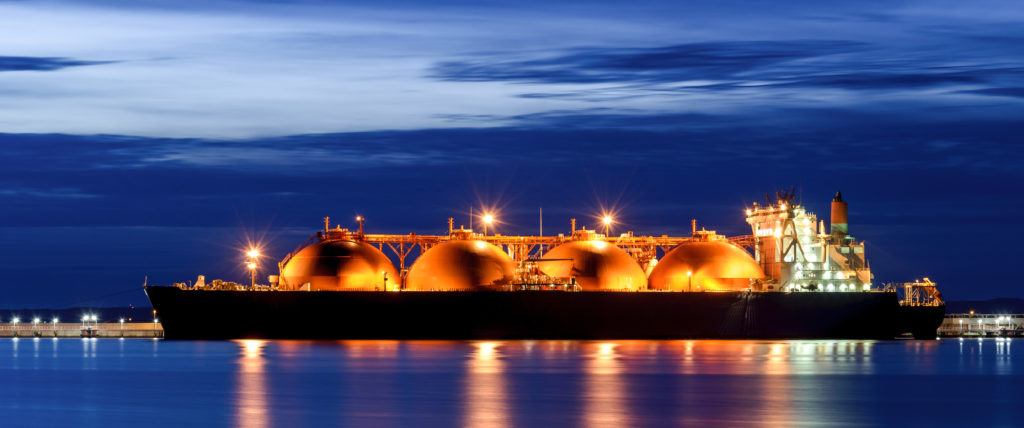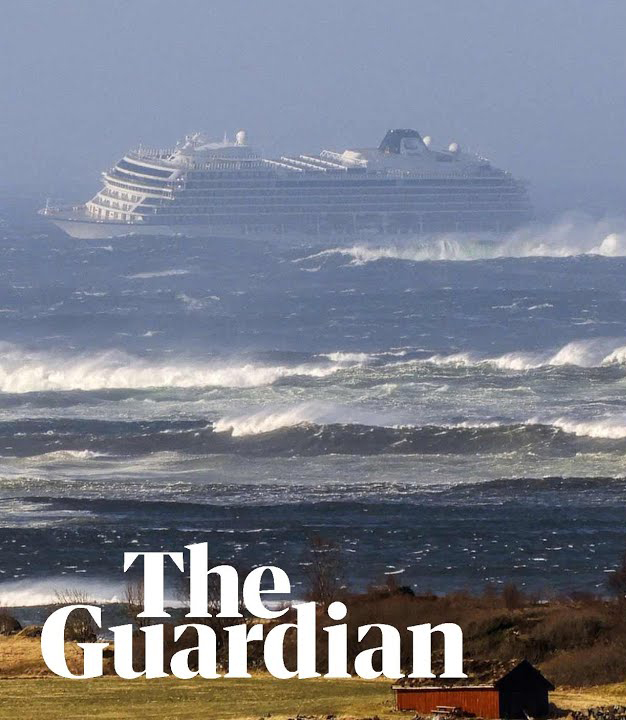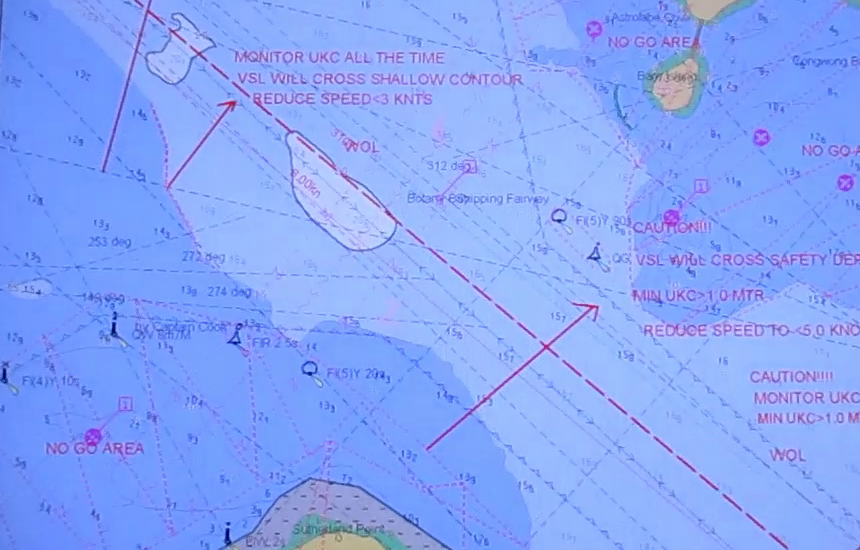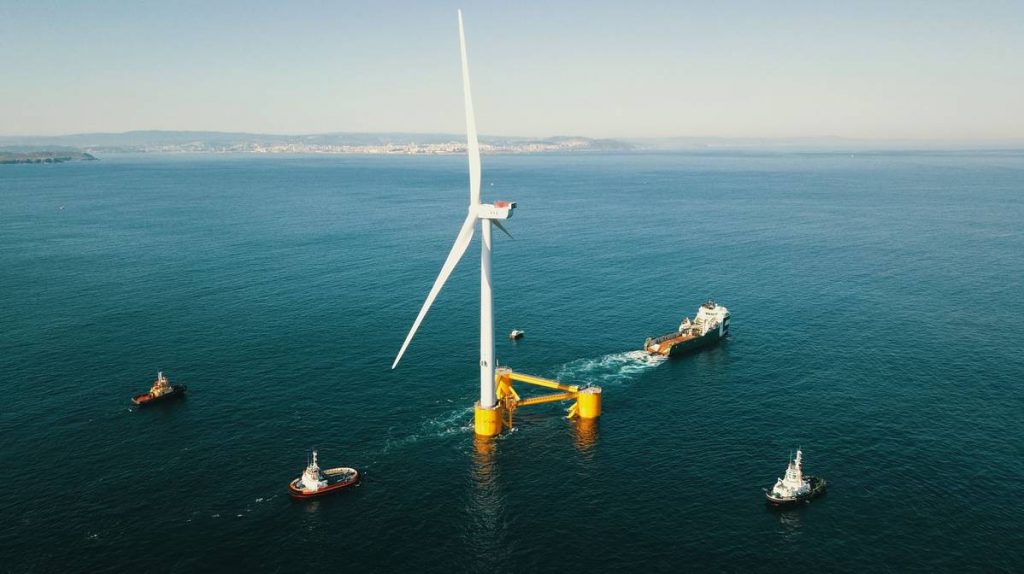Any company involved in maritime or offshore operations has a wide range of training needs from ordinary familiarization to handling special operations and inherent risk. In many instances you will have the required coaching competence in your own organization. In some cases, training on board will be a good and efficient solution, in other cases this will be expensive or time-consuming to arrange. In such situations we offer rental of our state-of-the-art Kongsberg simulators.
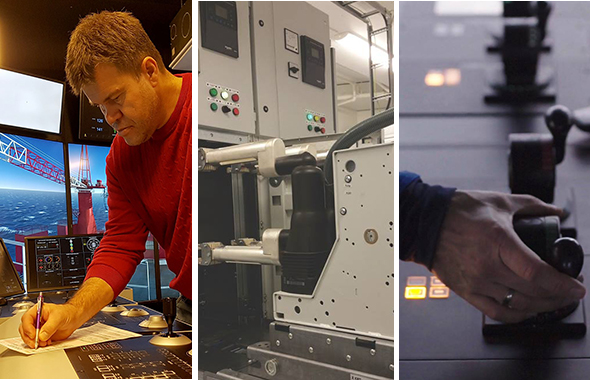
Our simulators have models of real ships and equipment in daily use onboard. At time being we have models of semi-submersible rigs, shuttle tankers, coasters, anchor handlers, construction ships, ROV control room, shift supervisor station, work ROV, knuckle boom crane, wire luffing crane, diesel/ electric engines for ship and rig, high voltage and LNG bunkering stations. We can rent additional models from Kongsberg Digital’s library and – we can produce special models that has not yet been developed.
The SIMSEA simulators are delivered and updated by Kongsberg Digital and Fugro Intersite and certified by DNV-GL. As per today we have
5 Bridges, K-Sim Offshore with DP, DNVGL Class A
2 DP bridge trainers; NI class A and B (K-Pos, SDP)
6 ECDIS stations/bridges
Ship/rig offshore crane
2 Engine control rooms
1 High Voltage panel (real equipment according to NMA specifications)
1 DeepWorks subsea simulator, including ROV control room (Kystdesign),

All our simulators are integrated and can be used for advanced complex operations. Each simulator can also be used on a stand-alone basis. You will find our simulators very realistic and we provide different natural forces influencing your operations like weather, current, wind and heavy seas. The only thing missing is the fresh sea air.
We provide the necessary support like set-up of simulators for simple exercises or operating the simulator equipment for more complex training needs. We will also provide any administrative support, any documentation of the training and catering.
If you have any questions or want to examine this opportunity in detail don’t hesitate to contact Lars Gustavsen, telephone 913 89 783 or A Rune Johansen at telephone 909 30 668.
